Europeans are most concerned about immigration and terrorism at a continental level according to recent surveys. On a country level, Europeans have a different concern at the top of their list: unemployment.
The latest survey, conducted in May, sees the first fall in mentions of immigration in nearly three years. Terrorism sees a fourth successive increase.
Despite a fall of 10 percentage points, Europeans still see immigration as the most important issue facing the EU. The survey found that 67% of Europeans support a ‘common European policy on migration’.
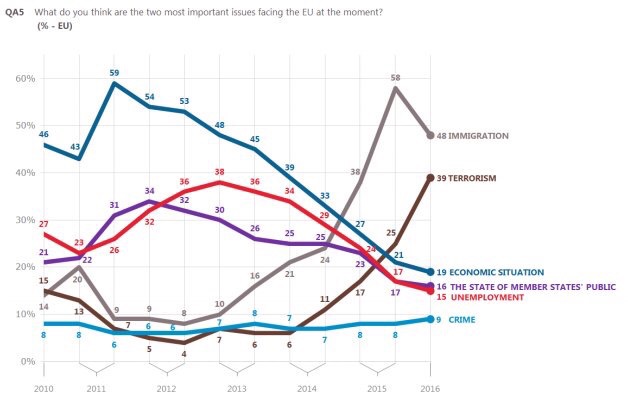
Terrorism has risen steeply as a concern. The current survey was first conducted after November 2015’s attacks in Paris, and March 2016’s attacks in Brussels.
The economic situation remains in the top three, though the percentage of people mentioning it has declined significantly since 2011. Back then, nearly three in five Europeans named it in their top two.
A similar picture emerges at the national level, although unemployment jumps to the top. A third of Europeans see it as one of the two most important issues facing their country.
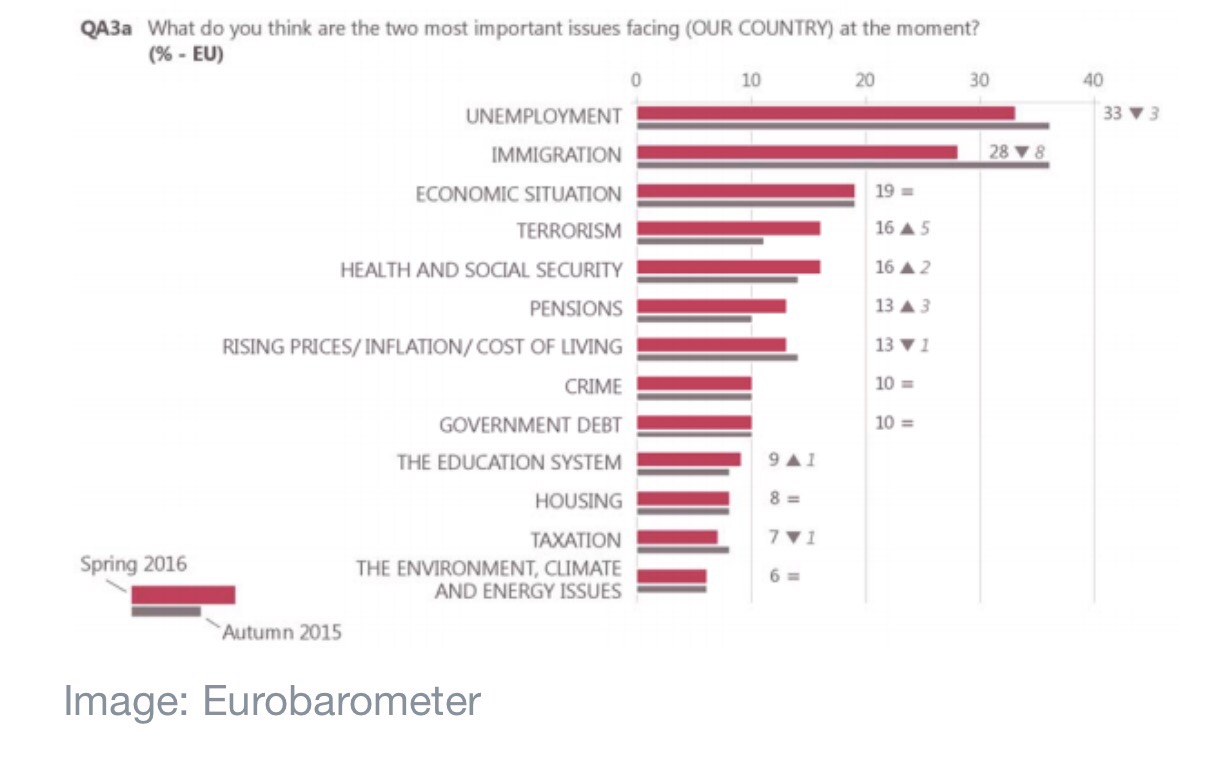
Unemployment took first place in 11 countries. Spain leads the way, with 71%, followed by Cyprus (67%) and Portugal (62%).
Immigration came first in nine EU member states. Interestingly, though, the free movement of people, goods and services within the EU was seen as the most positive result of the union. 56% of Europeans named it as the most positive – an increase of one percentage point.
While we live in a turbolent world of crises and change – with many people talking about the increasing risks of protectionism and less multinatilnal cooperation, there is alsl some really good news.
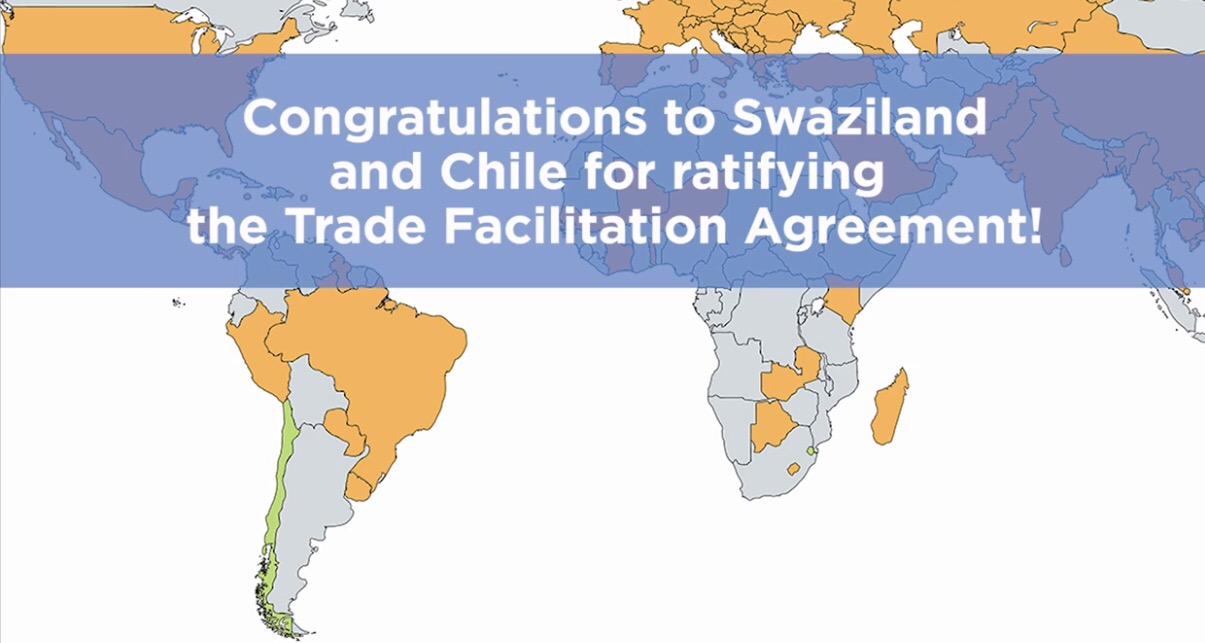
Chile and Swaziland have ratified the Trade Facilitation Agreement, bringing the tally to 98 members. We now have nearly 90% of the ratifications needed to bring the TFA into force.
The numbers will soon be there, and when we reach the necessary 109 ratificTilns the first multilateral trade agreement in decades enters in to force as international law. This is a major game changer.
If you want to klow more, read here: Link to updates on the WTO TFA
Imagine if it only took a day for products to travel over land from China to Germany.
It could soon be a reality, if Russia goes ahead with a plan to introduce a new fast-speed pipeline called the Hyperloop. Much as oil and gas travel through pipes, cargo and passengers may soon find themselves shooting through pneumatic tubes at speeds of up to 760 miles per hour.
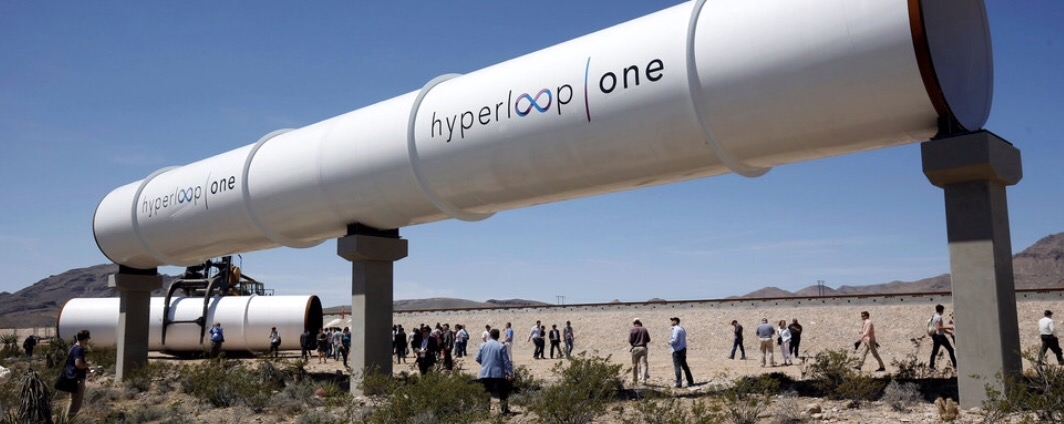
Tech entrepreneur Elon Musk once envisioned a tube transportation project that could move passengers and cargo from San Francisco to Los Angeles in 30 minutes. Two companies – Hyperloop One (formerly Hyperloop Technologies) and Hyperloop Transportation Technologies (HTT) – are now exploring Musk’s idea with a view to building the first transport-ready tube by 2020. According to the chief executive officer of Hyperloop One, feasibility studies have been launched not only in Russia but also in the United Arab Emirates, Finland, the United Kingdom and the United States.
Hyperloop One has joined forces with the city of Moscow and Summa Group, a local investment and construction conglomerate, to bring the vacuum tube to Russia.
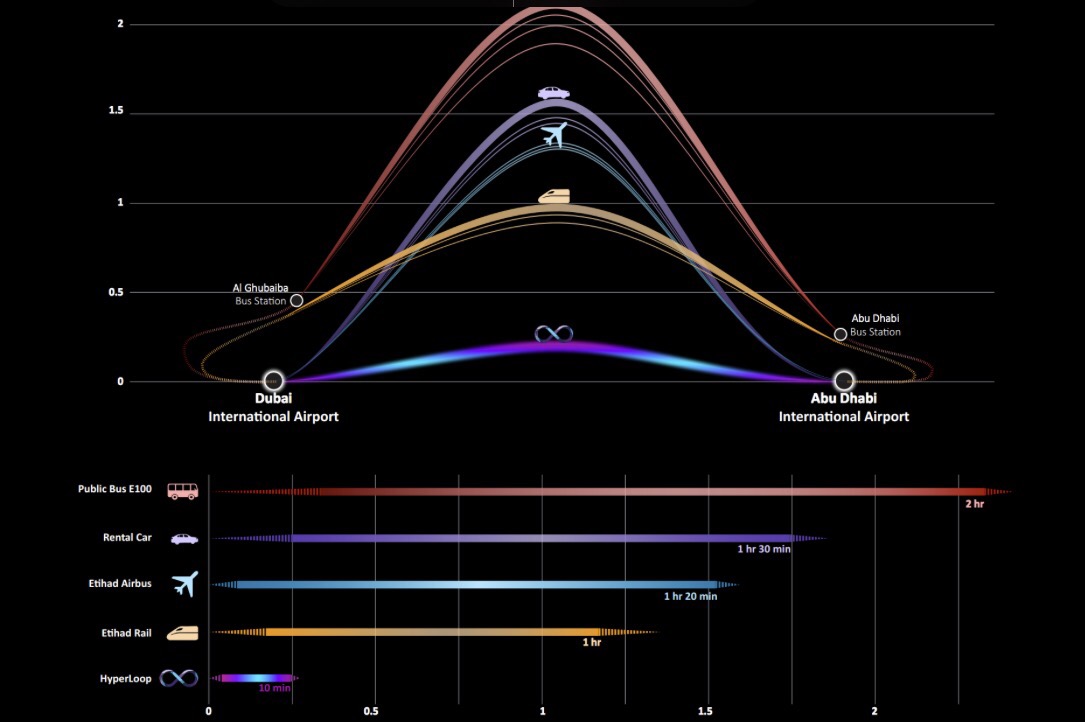
Air transportation is fast but costly, so most cargo is shipped by sea. To travel by sea between Asia and Europe can take around 30 days – and that’s without considering overland transport to and from the ports. Rail transportation takes nearly half that.
The southern rail route between China and Russia is 6,213 miles long and takes 12 days, while an 8,077-mile northern rail route through Russia takes 16 days. Can the Hyperloop ultimately provide the quickest transportation option, at affordable cost?
Construction costs are important to consider. Building and operating a Hyperloop is estimated to be in a similar range as building and operating high-speed rail infrastructure and trains. The construction cost for high-speed rail lines, such as the Haikou-Sanya line in China and Madrid-Albacete line in Spain, come in at about US$15 million a mile.
Source: Wolfgang Lehmacher, Head of Supply Chain and Transport Industries

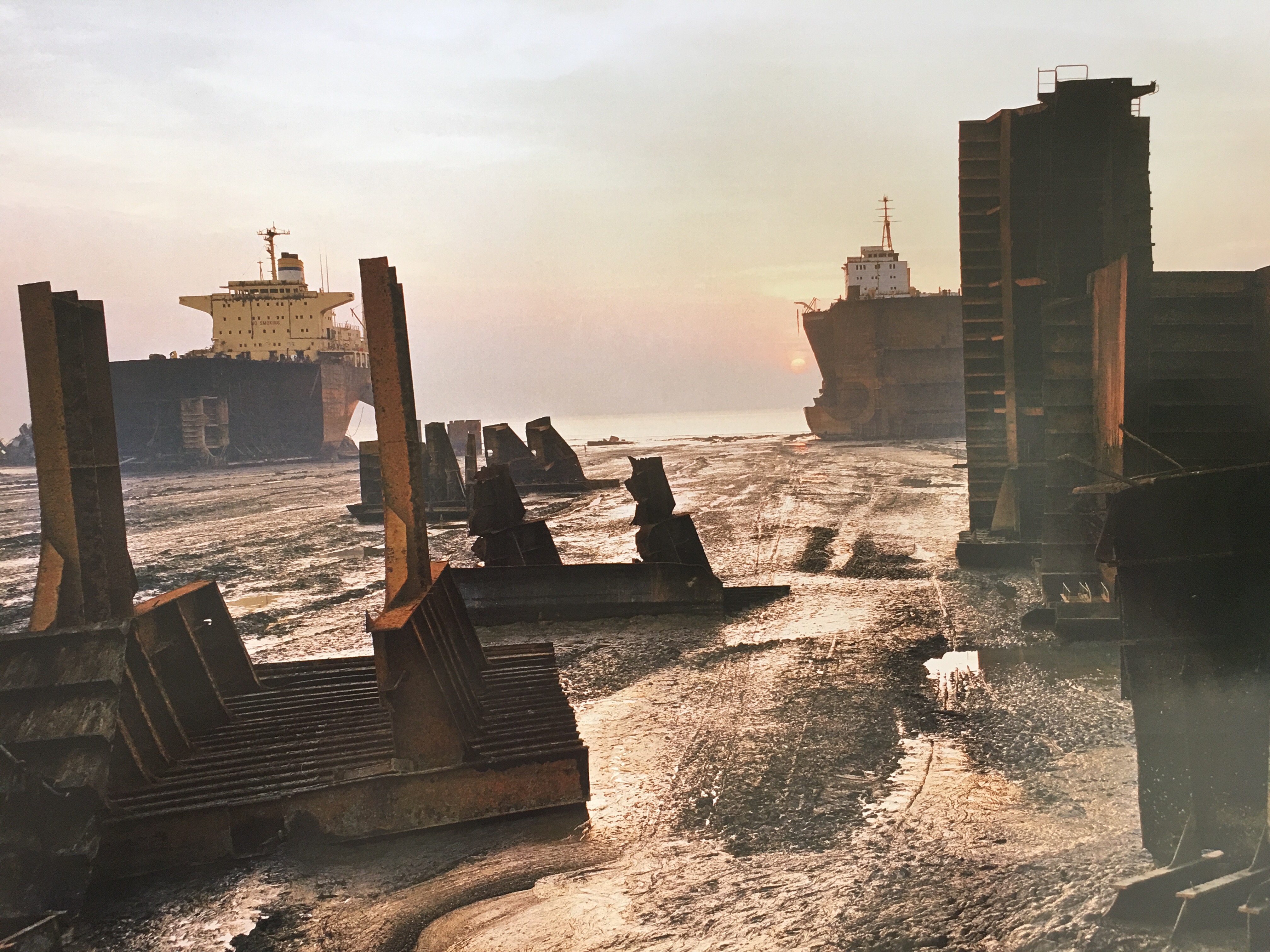
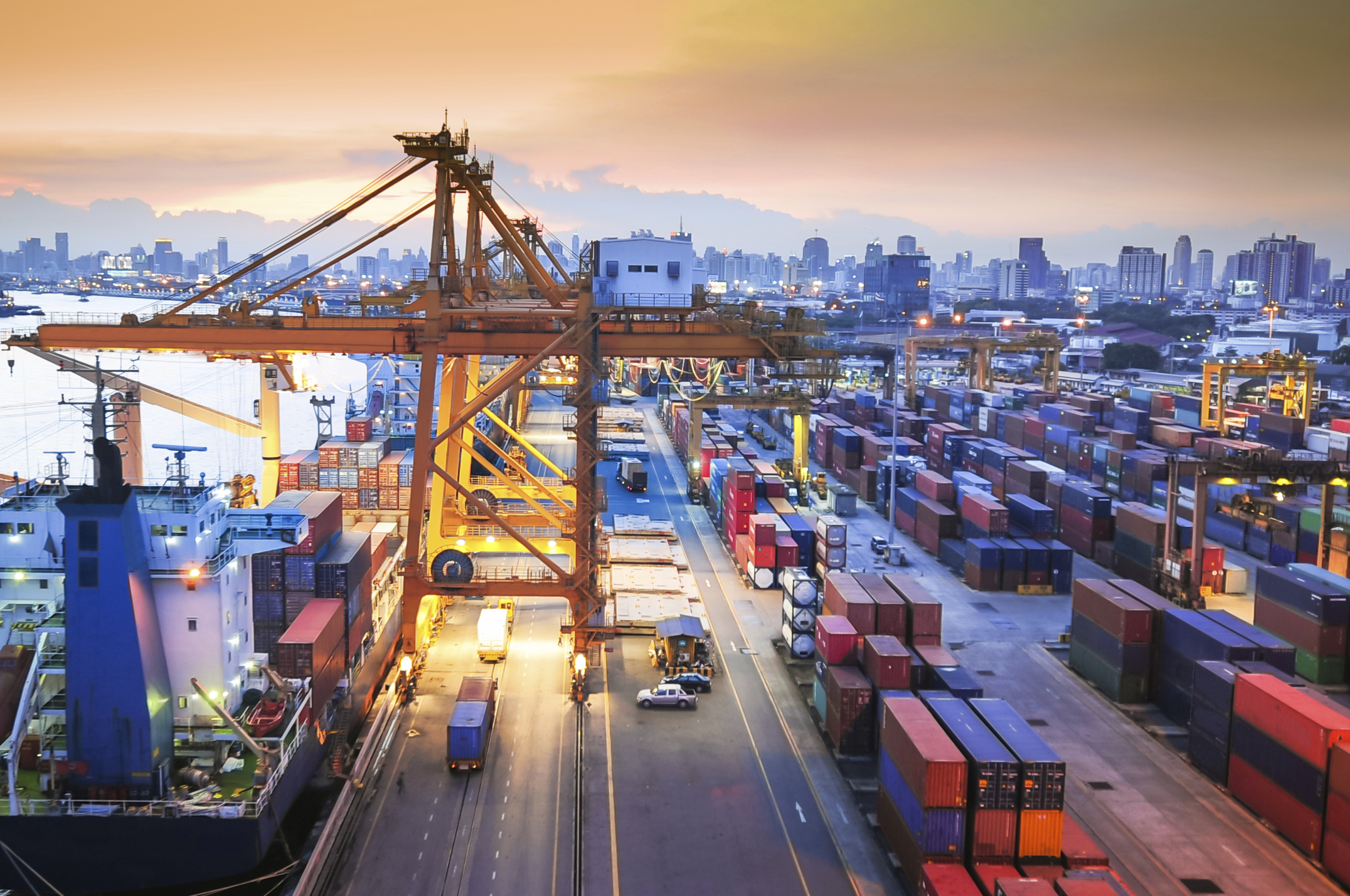

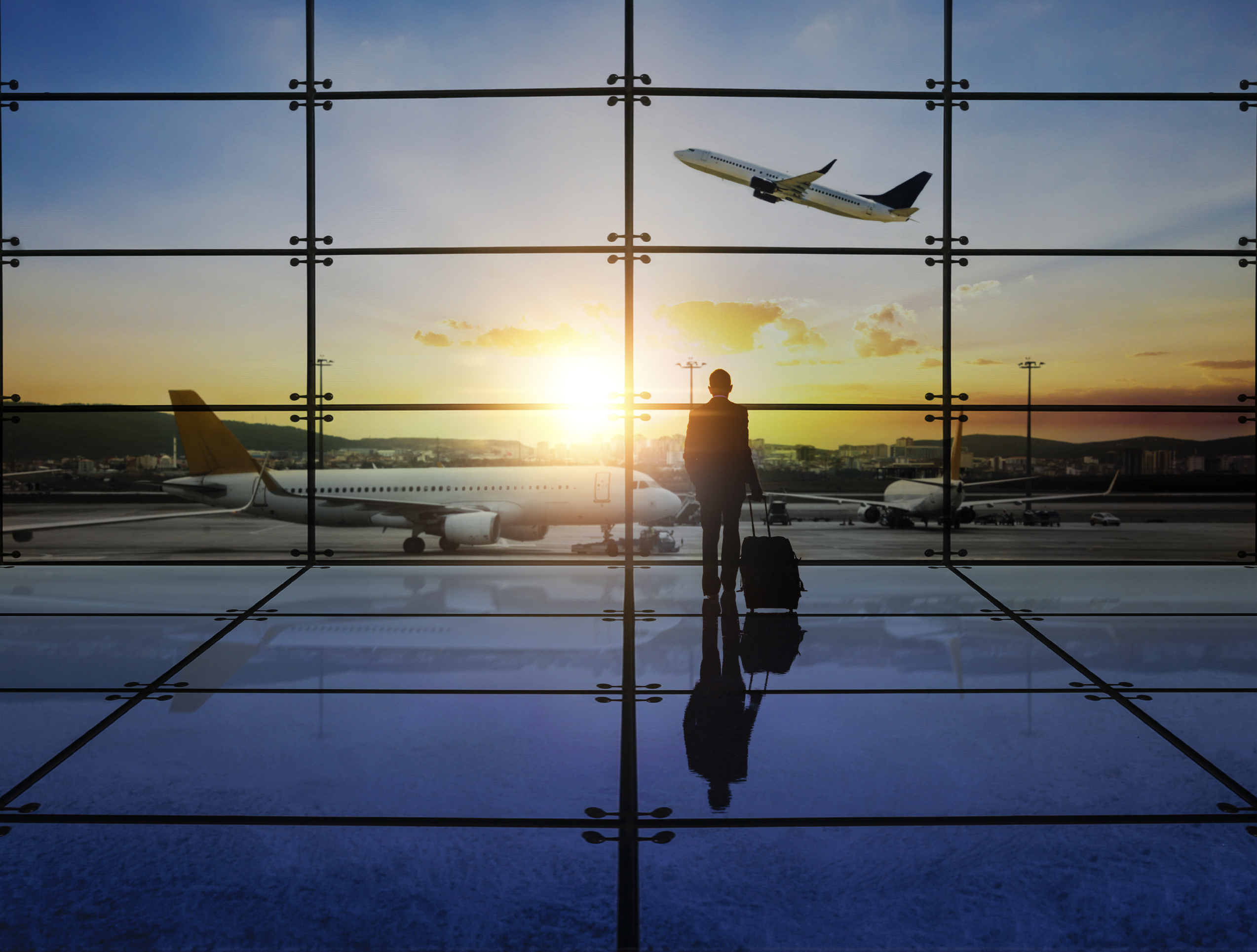
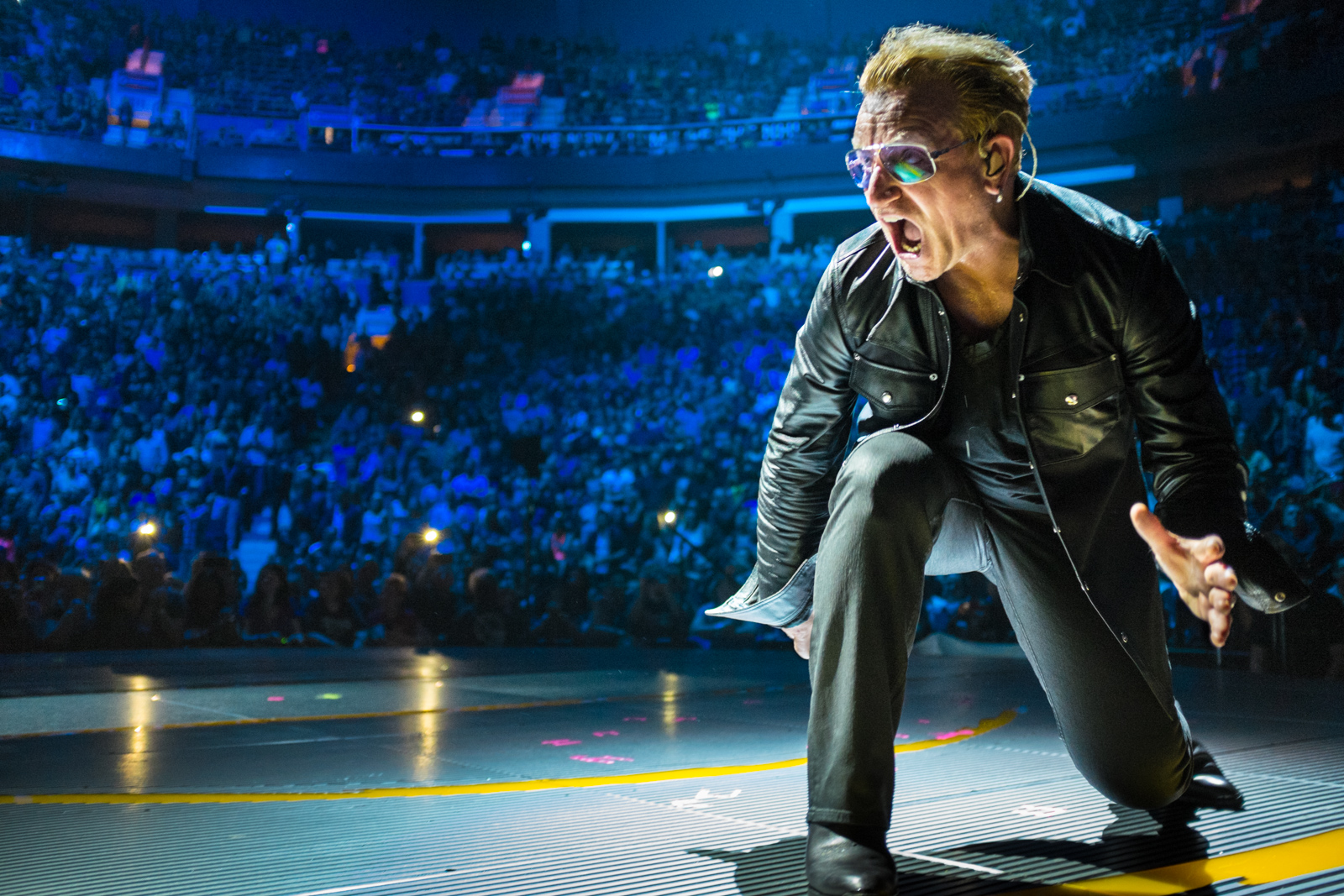
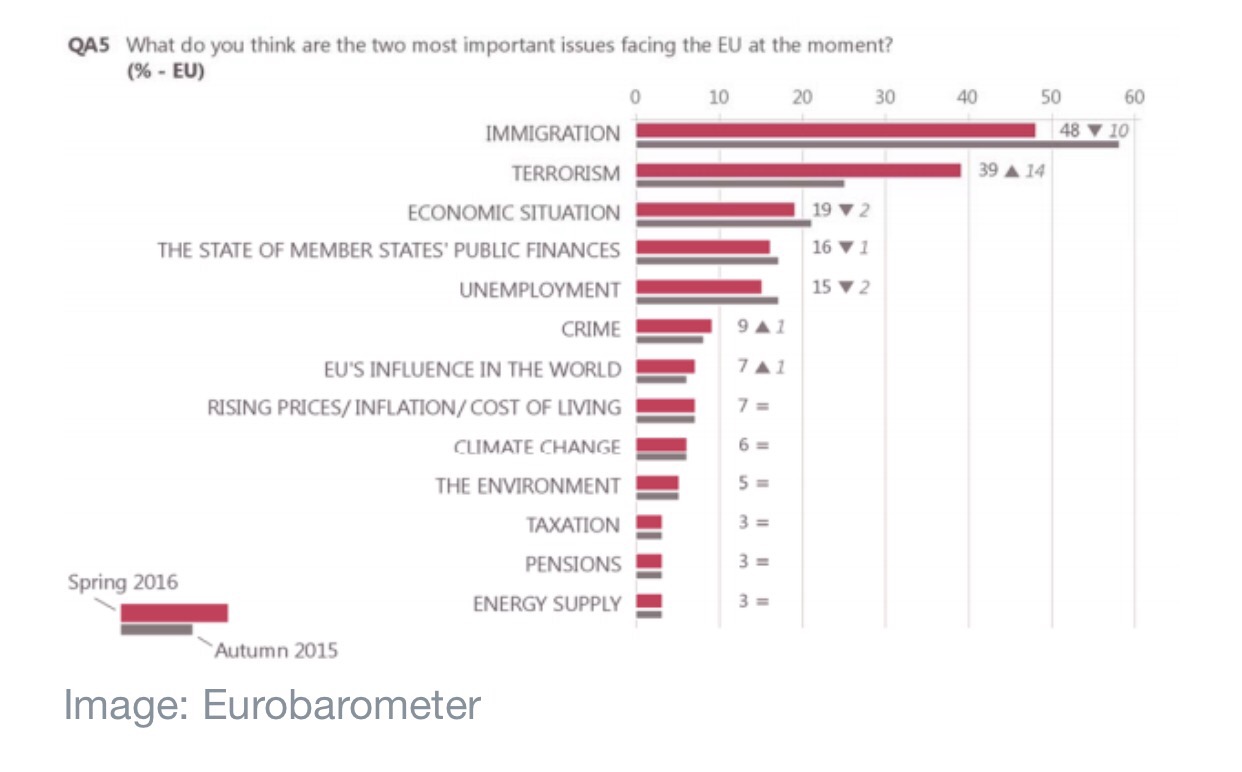
You must be logged in to post a comment.